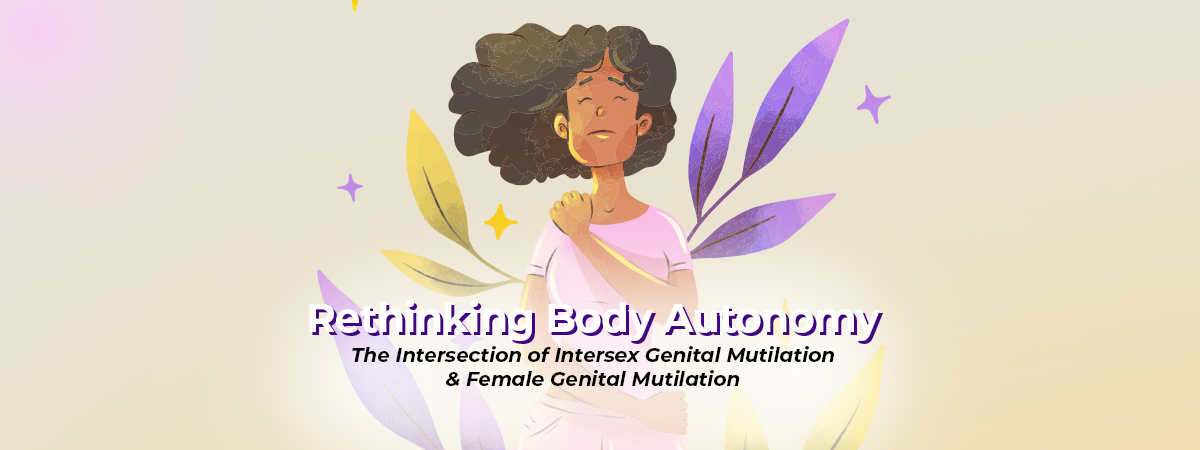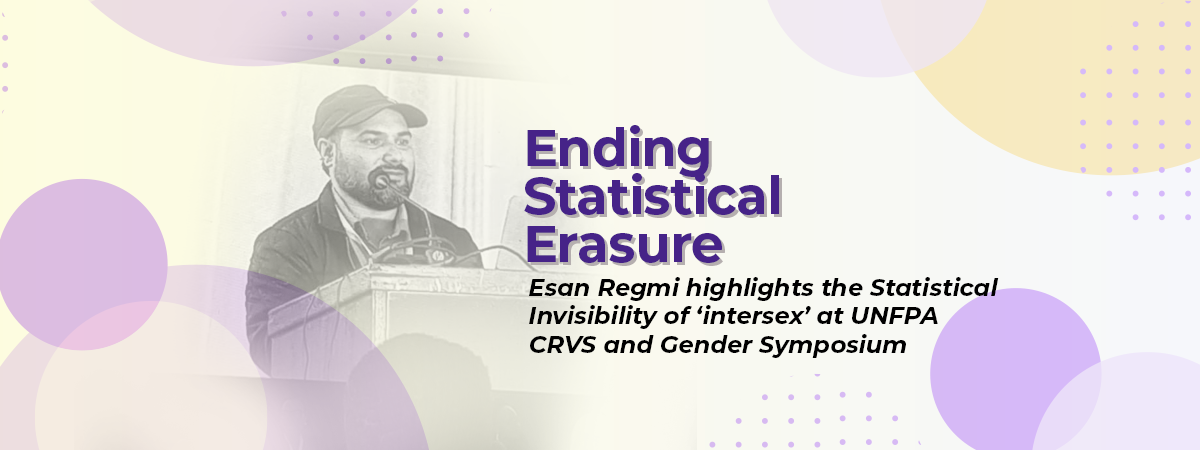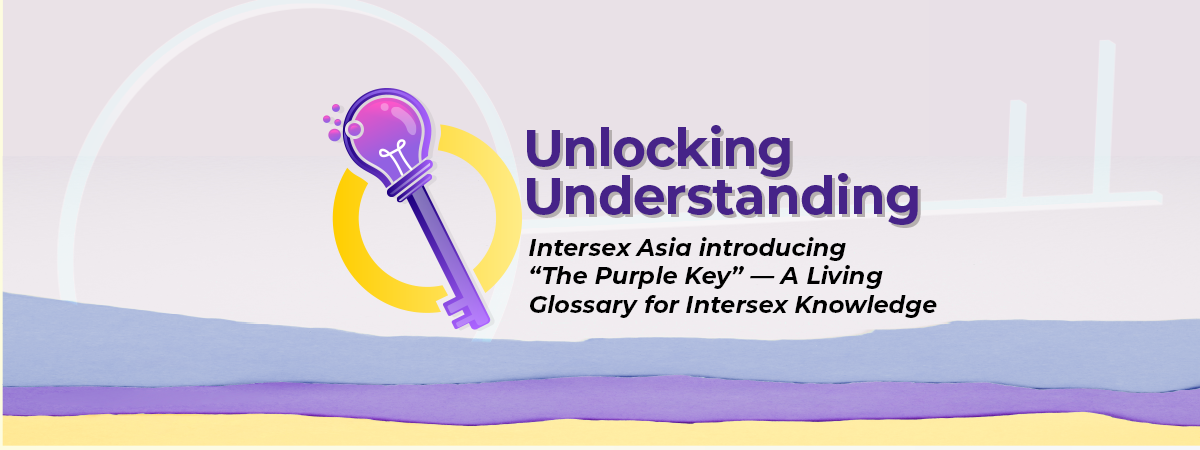This article represents the experience and opinion of Hiker Chiu, Executive Director of Intersex Asia, upon presenting at the recent IPPF ESEAOR Regional FGM/C Initiative Workshop, bringing up parallels between Intersex Genital Mutilation (IGM) and Female Genital Mutilation (FGM). These practices, despite different targets and situations, are similar in how they violate children’s bodily autonomy.
The Hidden Reality of Intersex Lives
Speaking to my fellow activists at the IPPF ESEAOR Regional FGM/C Initiative workshop, I once again presented a truth that burns within me: the violation inflicted on intersex children shares disturbing similarities with female genital mutilation (FGM). Both strip away a child’s right to their own body.
You may be surprised! We’re more common than people think! Estimation suggests between 0.05% to 1.7% of all births are intersex, and recent research suggests the number could be as high as 11% globally. In Asia, the intersex population is estimated to be around 74 million. In a world where our bodies are forced to conform to a rigid binary that simply fails to represent us, despite our significant population, we are still invisible. Intersex is a biological spectrum. We always hear that gender is a spectrum, but biologically, our bodies are also a spectrum. Between males and females, there are many different kinds of variations.
The Medical Violence We Share
The parallels between IGM and FGM are more troubling than we thought:
- Both hurt healthy children who could not provide consent and for non-therapeutic purposes. For intersex children, “normalizing” surgeries are performed based on arbitrary measurements – a clitoris longer than 0.9cm is deemed “too long” for a female, while a penis shorter than 2.5cm results in reassignment to female and removal of the organ. It’s not healing, it’s hurting.
- Both put societal control before medical necessity and the child. While FGM enforces control over women’s sexuality, IGM enforce binary gender norms. Both sacrifice the child’s future choice to fit into the current social norms.
- Both leave lifelong trauma. Survivors of both practices experience nerve damage, scarring, chronic pain, sexual dysfunction, depression, PTSD, and increased suicide risk. Almost every intersex person that I’ve met has thought about suicide. Almost everyone.
The Double Standard in Language
Perhaps what surprised me the most is how these same practices are labeled differently by society. While FGM is rightfully condemned as “mutilation,” similar procedures on intersex children are normalized as “surgery” or “treatment” – despite causing identical harms.
Words, especially medical-related words, should not hide the truth! This type of terminology reveals a double standard and allows the harm to continue.
A Vision for Collaboration
The issues above are not meant to separate us. It’s strong proof that instead of working in siloes, collaboration between movements and sectors is more critical than ever, to both bridge the gap and advance intersex and FGM together. Here’s how we think about the next steps:
- Joint advocacy for bodily autonomy that protects all children from genital cutting/ mutilation
- Shared education campaigns that challenge harmful cultural norms
- Legal and advocacy strategies that could expand FGM prevention laws to include intersex protection, or create gender-neutral legislation protecting all children
- Research and data collection to build evidence-based advocacy
- Amplifying survivor voices through shared storytelling
The Path Forward
“If an intersex person with an enlarged clitoris faces genital mutilation, and if a baby with a micropenis is assigned female and faces the same violation, should they not be protected under laws preventing FGM?” This was my final question to the FGM activists upon ending my presentation. The answer logically points toward an inclusive approach: we need laws that protect all children from non-consensual genital cutting, no exception!
To understand is to love. I personally think that we should try to work closer to each other, to understand, to accept each other more, and from that, help advance the movement together, instead of just working independently.
The fight for bodily autonomy knows no boundaries. It’s time for our movements to reflect that truth.
————
*Intersex Asia works across the Asia region to advocate for intersex rights, provide community support, and challenge medical practices that violate bodily autonomy. Learn more about our work and how you can support intersex rights at contact@intersexasia.org *
*The International Planned Parenthood Federation (IPPF) is a global healthcare provider and a leading advocate of sexual and reproductive health and rights for all. We are a worldwide
Federation of national organizations working with and for communities and individuals in more than 151 countries. The International Planned Parenthood Federation — East and South East Asia and Oceania Region (IPPF ESEAOR) operates in 23 countries through locally-owned national organisations.
We advocate for a world where people have the information they need to make informed decisions about their sexual health and bodies. We stand up and fight for sexual and reproductive rights and against those who seek to deny people their human right to bodily autonomy and freedom. We deliver care that is rooted in rights, respect, and dignity – no matter what.
Learn more about IPPF ESEAOR from their website.




